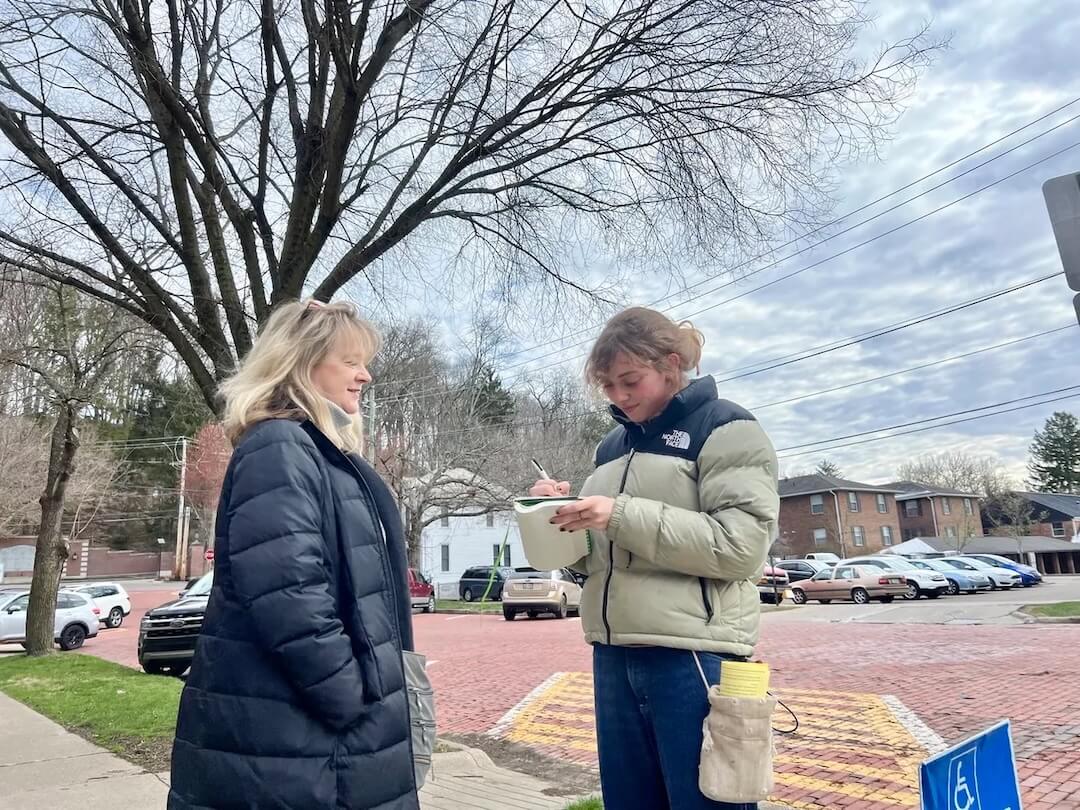More than a decade ago, The New York Times won a Pulitzer Prize for “How Race is Lived In America,” a series of stories exploring attitudes toward race across the United States.
It was an ambitious project. But the idea of doing a single big series about race once a year doesn’t track with The Times’ current approach to covering the subject, one that’s dominated the news and given rise to protests across the United States.
That’s why the newspaper is trying something new. Rather than covering race all at once or assigning a single reporter to the topic, The New York Times has created a team of journalists in different departments throughout the newsroom who conceive and develop stories related to the subject.
The team reflects a philosophy held by Executive Editor Dean Baquet that race is a story that permeates every beat rather than a subject that can be handled by one reporter or tackled in a single story, said National Editor Marc Lacey, who leads the team.
“He didn’t want to do one project and then out,” Lacey said. “He wanted something that acknowledged that race is part of so much of what we cover and is infused in so many things. That’s where this concept of a team of people with representatives from all departments comes from.”
That idea has manifested itself in a few ways. In April, The New York Times launched Race/Related, a bi-weekly newsletter exploring race that now has 50,000 subscribers and a higher-than-average open rate, Lacey said. The team has expanded to encompass roughly six “core members” — people who devote a large proportion of their time to race coverage — and about six additional “extended family” staffers who also contribute.
And today, The New York Times announced the latest additions to that team, three journalists who will spend several weeks embedded in the newsroom to work on multimedia projects related to race. The initiative, a collaboration between the PBS documentary program “POV” and The New York Times, is funded by the MacArthur Foundation and will take place over 20 weeks in the Times’ newsroom (Disclosure: Poynter has also received funding from MacArthur).
They include Bayeté Ross Smith, a photographer, multimedia artist and filmmaker, Logan Jaffe, a multimedia news producer and documentary film producer and Saleem Reshamwala, a digital storyteller. Smith will work at The New York Times for 20 weeks; Jaffe and Reshamwala will be in the newsroom for 10 weeks each.
Although the initial plan was to hire just one “embedded mediamaker” dedicated to coverage of race, it was too tough to choose just one of the more than 200 applicants, said Damien Cave, deputy national editor for digital at The New York Times.
At the outset of the program, it’s still unclear what specifically each will be working on, but that’s by design, he said.
“We wanted to get away from this idea that you build one big project and put it out at the end,” Cave said. “We wanted people who would be prolific and collaborative.”
Collaboration is at the heart of The New York Times’ new approach to reporting on race, which is in some ways a window onto the way it intends to cover many topics in the future. A team freed from the bureaucracy of the Times’ traditional desk structure who each bring different expertise seems like what Baquet had in mind when he outlined a vision for independent “coverage clusters.”
So far, the team has members from the national, metro, sports and culture staffs in addition to representatives from the graphics, social media, video, photography, digital design and magazine departments, Lacey said. That brings lots of skills and varied life experiences, too — a key part of race coverage.
That structure could be fodder for inter-departmental tension, of course — no editor likes to give up valuable reporting muscle — but so far the collaboration has been harmonious, said Rachel Swarns, a reporter on the metro staff who devotes the majority of her time to the race team.
“Reporters, we always like to grumble about our bosses, but I won’t grumble here,” she said. “I think they’ve done a really good job of trying to make sure that I spend 99 percent of my time focused on this. It’s worked well.”
Like many American newsrooms (including Poynter), The New York Times has occasionally grappled publicly with covering the complicated subject of race. In 2014, The New York Times’ Alessandra Stanley drew fire for a controversial article that likened TV producer Shonda Rhimes to an “angry black woman.” In 2015, The New York Times raised the eyebrows of former public editor Margaret Sullivan when it discontinued its beat devoted solely to race and ethnicity.
Lacey said all this increased collaboration will soon produce some ambitious stories from the race team, which Cave said has become a dynamo for ideas.
“Literally every week, there’s some email from someone in the newsroom who has some idea related to the subject,” Cave said. “This group has become a magnet for ideas from throughout the company around this issue.”






